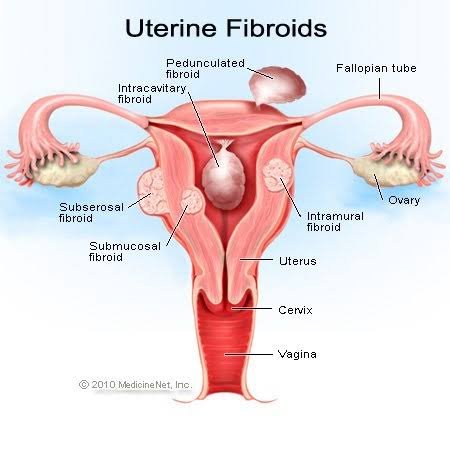Fibroids, Pregnancy and Fertility: What to Know?
- Effects on pregnancy
- Effects on fibroids
- Effects on fertility
- Treatment
- Symptoms
- Outlook
Overview: Fibroids, Pregnancy and Fertility; everything to know
Fibroids are benign tumors that grow in or on the uterus, or womb. They may impact fertility and pregnancy chances.
Uterine fibroids are very common. About 20 to 80 percent of women develop these noncancerous growths by age 50, and 30 percent of women between 25 and 44 have symptoms of fibroids. That means uterine fibroids are common during a woman’s childbearing years.
Read on to learn more about why fibroids develop and how they affect pregnancy.
What are the effects on pregnancy?
Most women will experience no effects from fibroids during their pregnancy. However, a 2010 review suggests 10 to 30 percent of women with fibroids develop complications during pregnancy. Researchers note the most common complication of fibroids during pregnancy is pain. It’s seen most often in women with fibroids larger than 5 centimeters who are in their last two trimesters.
Fibroids may increase your risk for other complications during pregnancy and delivery. These include:
- Fetal growth restriction. Large fibroids may prevent a fetus from growing fully due to decreased room in the womb.
- Placental abruption. This occurs when the placenta breaks away from the uterine wall because it’s blocked by a fibroid. This reduces vital oxygen and nutrients.
- Preterm delivery. Pain from fibroids may lead to uterine contractions, which can result in an early delivery.
- Cesarean delivery. WomensHealth.gov estimates women with fibroids are six times more likely to need a cesarean delivery (C-section) than women who don’t have these growths.
- Breech position. Because of the abnormal shape of the cavity, the baby may not be able to align for vaginal delivery.
- Miscarriage. Research notes the chances for miscarriage are doubled in women with fibroids.
What are the effects of pregnancy on fibroids?
The majority of fibroids don’t change in size during pregnancy, but some do. In fact, one-third of uterine fibroids may grow in the first trimester, according to a 2010 review. Fibroid growth is possibly influenced by estrogen, and estrogen levels rise during pregnancy. This may lead to growth.
Still, for other women, fibroids may actually shrink during pregnancy. In a 2010 study, researchers found that 79 percent of fibroids that were present before a pregnancy decreased in size after delivery.
What are the effects of fibroids on fertility?
Many women who have fibroids can get pregnant naturally. Treatment may not even be necessary for conception.
In some cases, however, fibroids can impact your fertility. For example, submucosal fibroids, which are a type of fibroid that grows and bulges into the uterine cavity, increase your risk for infertility or pregnancy loss.
While fibroids may cause infertility for some women, other explanations for infertility are more common. If you’re having trouble conceiving or maintaining a pregnancy, your doctor may explore other possible causes before attributing the issue to fibroids.
Next steps if you’re trying to conceive with fibroids
Talk with your doctor about the size or position of any fibroids you have. Ask if they could cause problems with your attempts to get pregnant or the ability to carry a pregnancy. Likewise, ask your doctor if fibroid treatments can help improve your odds for pregnancy success.

